Sara Hosseinzadeh Kassani
Automatic Polyp Segmentation Using Convolutional Neural Networks
Apr 22, 2020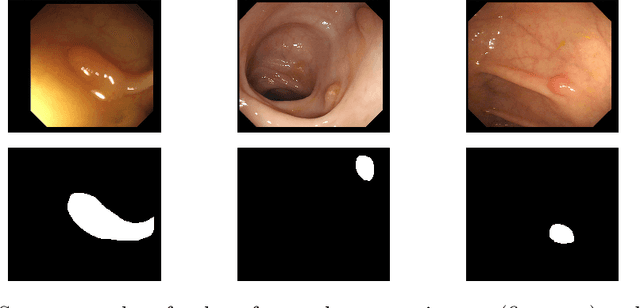


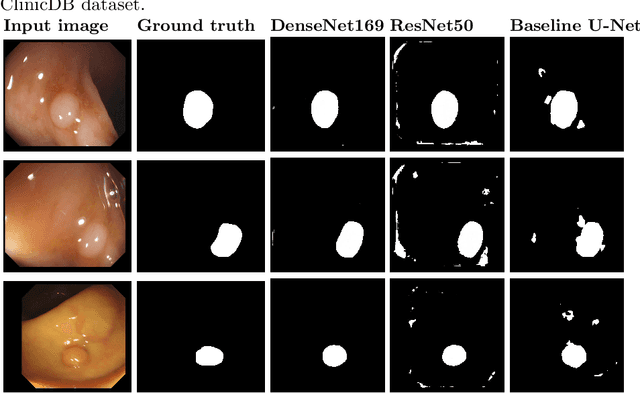
Abstract:Colorectal cancer is the third most common cancer-related death after lung cancer and breast cancer worldwide. The risk of developing colorectal cancer could be reduced by early diagnosis of polyps during a colonoscopy. Computer-aided diagnosis systems have the potential to be applied for polyp screening and reduce the number of missing polyps. In this paper, we compare the performance of different deep learning architectures as feature extractors, i.e. ResNet, DenseNet, InceptionV3, InceptionResNetV2 and SE-ResNeXt in the encoder part of a U-Net architecture. We validated the performance of presented ensemble models on the CVC-Clinic (GIANA 2018) dataset. The DenseNet169 feature extractor combined with U-Net architecture outperformed the other counterparts and achieved an accuracy of 99.15\%, Dice similarity coefficient of 90.87%, and Jaccard index of 83.82%.
Automatic Detection of Coronavirus Disease (COVID-19) in X-ray and CT Images: A Machine Learning-Based Approach
Apr 22, 2020
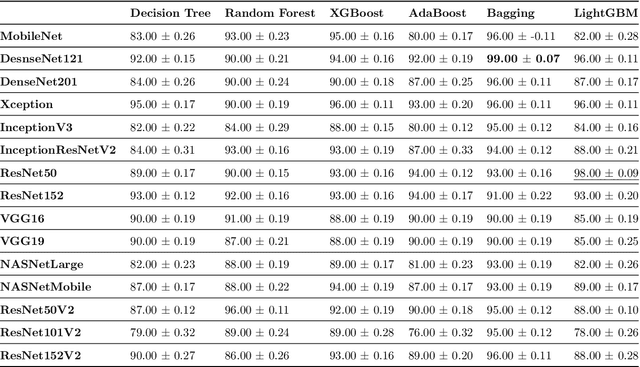
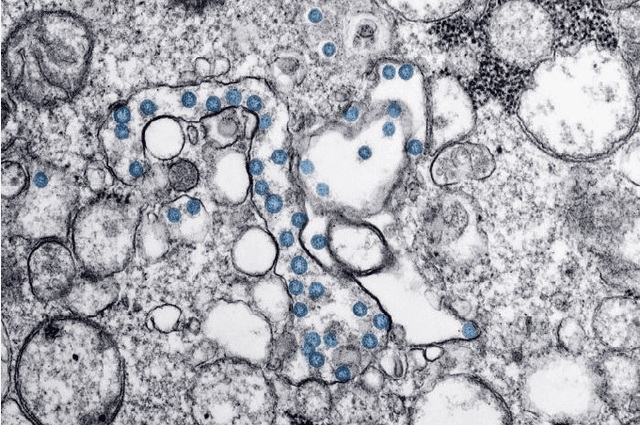

Abstract:The newly identified Coronavirus pneumonia, subsequently termed COVID-19, is highly transmittable and pathogenic with no clinically approved antiviral drug or vaccine available for treatment. The most common symptoms of COVID-19 are dry cough, sore throat, and fever. Symptoms can progress to a severe form of pneumonia with critical complications, including septic shock, pulmonary edema, acute respiratory distress syndrome and multi-organ failure. While medical imaging is not currently recommended in Canada for primary diagnosis of COVID-19, computer-aided diagnosis systems could assist in the early detection of COVID-19 abnormalities and help to monitor the progression of the disease, potentially reduce mortality rates. In this study, we compare popular deep learning-based feature extraction frameworks for automatic COVID-19 classification. To obtain the most accurate feature, which is an essential component of learning, MobileNet, DenseNet, Xception, ResNet, InceptionV3, InceptionResNetV2, VGGNet, NASNet were chosen amongst a pool of deep convolutional neural networks. The extracted features were then fed into several machine learning classifiers to classify subjects as either a case of COVID-19 or a control. This approach avoided task-specific data pre-processing methods to support a better generalization ability for unseen data. The performance of the proposed method was validated on a publicly available COVID-19 dataset of chest X-ray and CT images. The DenseNet121 feature extractor with Bagging tree classifier achieved the best performance with 99% classification accuracy. The second-best learner was a hybrid of the a ResNet50 feature extractor trained by LightGBM with an accuracy of 98%.
Classification of Histopathological Biopsy Images Using Ensemble of Deep Learning Networks
Sep 26, 2019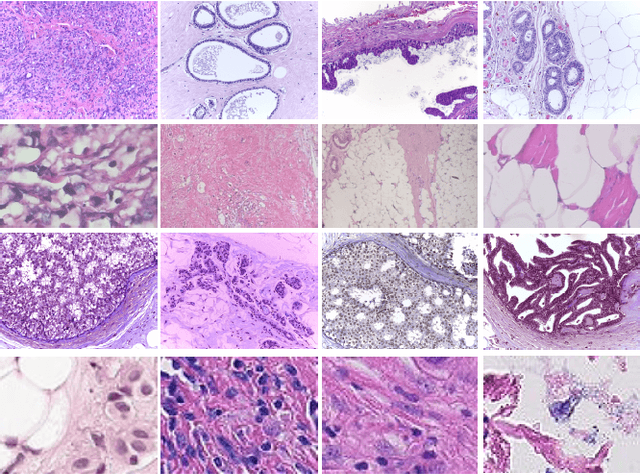
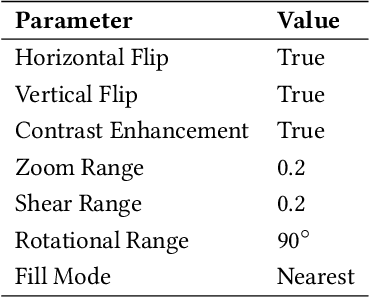


Abstract:Breast cancer is one of the leading causes of death across the world in women. Early diagnosis of this type of cancer is critical for treatment and patient care. Computer-aided detection (CAD) systems using convolutional neural networks (CNN) could assist in the classification of abnormalities. In this study, we proposed an ensemble deep learning-based approach for automatic binary classification of breast histology images. The proposed ensemble model adapts three pre-trained CNNs, namely VGG19, MobileNet, and DenseNet. The ensemble model is used for the feature representation and extraction steps. The extracted features are then fed into a multi-layer perceptron classifier to carry out the classification task. Various pre-processing and CNN tuning techniques such as stain-normalization, data augmentation, hyperparameter tuning, and fine-tuning are used to train the model. The proposed method is validated on four publicly available benchmark datasets, i.e., ICIAR, BreakHis, PatchCamelyon, and Bioimaging. The proposed multi-model ensemble method obtains better predictions than single classifiers and machine learning algorithms with accuracies of 98.13%, 95.00%, 94.64% and 83.10% for BreakHis, ICIAR, PatchCamelyon and Bioimaging datasets, respectively.
A Hybrid Deep Learning Architecture for Leukemic B-lymphoblast Classification
Sep 26, 2019



Abstract:Automatic detection of leukemic B-lymphoblast cancer in microscopic images is very challenging due to the complicated nature of histopathological structures. To tackle this issue, an automatic and robust diagnostic system is required for early detection and treatment. In this paper, an automated deep learning-based method is proposed to distinguish between immature leukemic blasts and normal cells. The proposed deep learning based hybrid method, which is enriched by different data augmentation techniques, is able to extract high-level features from input images. Results demonstrate that the proposed model yields better prediction than individual models for Leukemic B-lymphoblast classification with 96.17% overall accuracy, 95.17% sensitivity and 98.58% specificity. Fusing the features extracted from intermediate layers, our approach has the potential to improve the overall classification performance.
Breast Cancer Diagnosis with Transfer Learning and Global Pooling
Sep 26, 2019
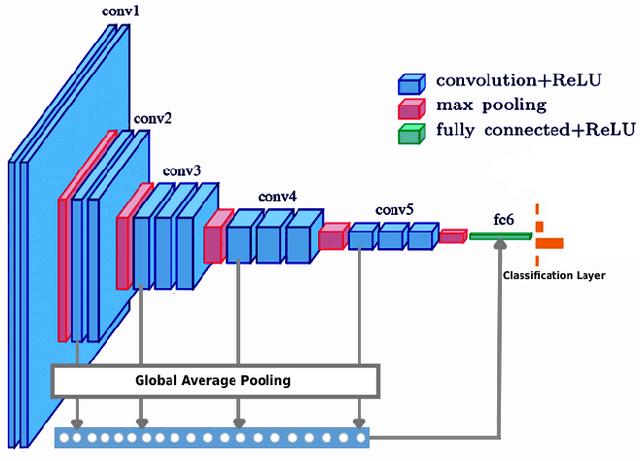
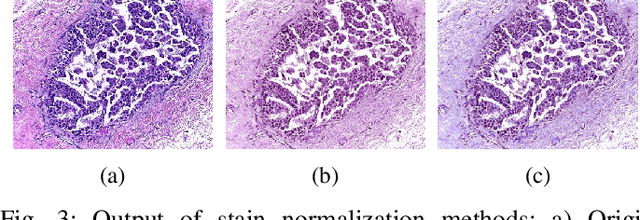
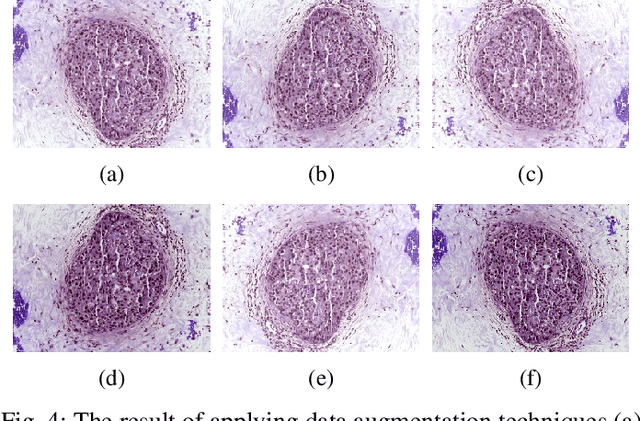
Abstract:Breast cancer is one of the most common causes of cancer-related death in women worldwide. Early and accurate diagnosis of breast cancer may significantly increase the survival rate of patients. In this study, we aim to develop a fully automatic, deep learning-based, method using descriptor features extracted by Deep Convolutional Neural Network (DCNN) models and pooling operation for the classification of hematoxylin and eosin stain (H&E) histological breast cancer images provided as a part of the International Conference on Image Analysis and Recognition (ICIAR) 2018 Grand Challenge on BreAst Cancer Histology (BACH) Images. Different data augmentation methods are applied to optimize the DCNN performance. We also investigated the efficacy of different stain normalization methods as a pre-processing step. The proposed network architecture using a pre-trained Xception model yields 92.50% average classification accuracy.
k-Relevance Vectors for Pattern Classification
Sep 18, 2019
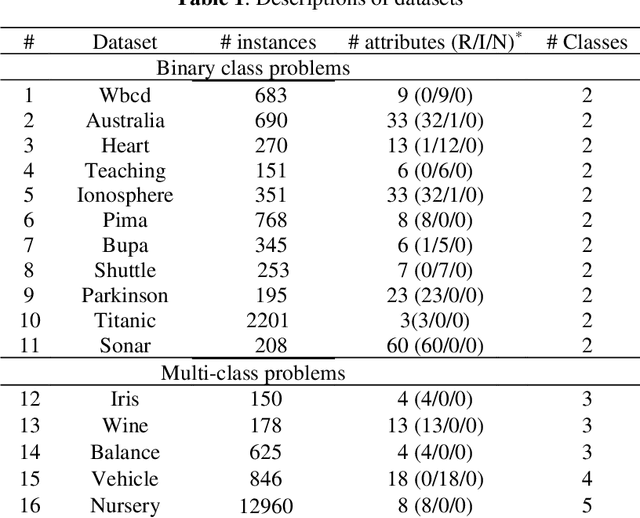
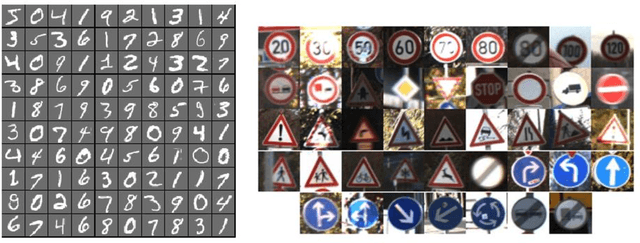
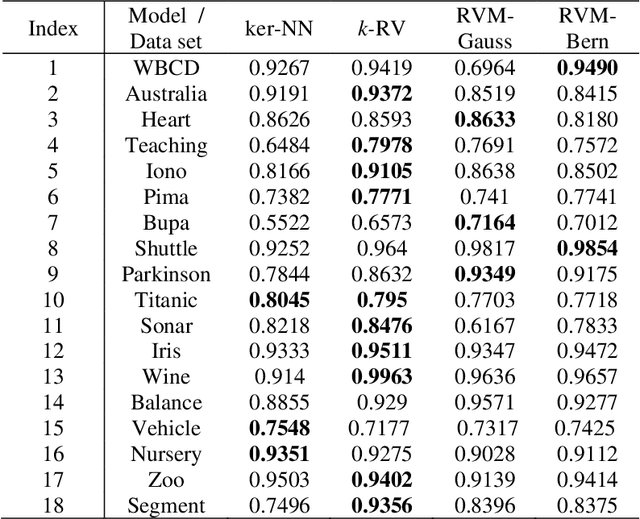
Abstract:This study combines two different learning paradigms, k-nearest neighbor (k-NN) rule, as memory-based learning paradigm and relevance vector machines (RVM), as statistical learning paradigm. This combination is performed in kernel space and is called k-relevance vector (k-RV). The purpose is to improve the performance of k-NN rule. The proposed model significantly prunes irrelevant attributes. We also introduced a new parameter, responsible for early stopping of iterations in RVM. We show that the new parameter improves the classification accuracy of k-RV. Intensive experiments are conducted on several classification datasets from University of California Irvine (UCI) repository and two real datasets from computer vision domain. The performance of k-RV is highly competitive compared to a few state-of-the-arts in terms of classification accuracy.
Crop Lodging Prediction from UAV-Acquired Images of Wheat and Canola using a DCNN Augmented with Handcrafted Texture Features
Jun 18, 2019

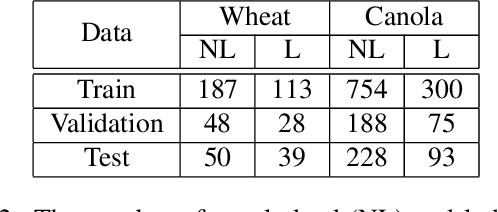

Abstract:Lodging, the permanent bending over of food crops, leads to poor plant growth and development. Consequently, lodging results in reduced crop quality, lowers crop yield, and makes harvesting difficult. Plant breeders routinely evaluate several thousand breeding lines, and therefore, automatic lodging detection and prediction is of great value aid in selection. In this paper, we propose a deep convolutional neural network (DCNN) architecture for lodging classification using five spectral channel orthomosaic images from canola and wheat breeding trials. Also, using transfer learning, we trained 10 lodging detection models using well-established deep convolutional neural network architectures. Our proposed model outperforms the state-of-the-art lodging detection methods in the literature that use only handcrafted features. In comparison to 10 DCNN lodging detection models, our proposed model achieves comparable results while having a substantially lower number of parameters. This makes the proposed model suitable for applications such as real-time classification using inexpensive hardware for high-throughput phenotyping pipelines. The GitHub repository at https://github.com/FarhadMaleki/LodgedNet contains code and models.
Introducing a hybrid model of DEA and data mining in evaluating efficiency. Case study: Bank Branches
Oct 10, 2018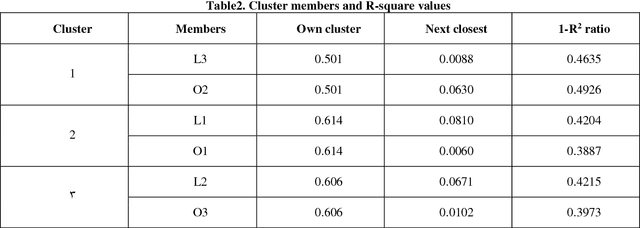
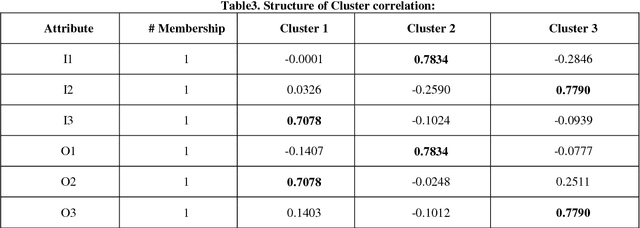
Abstract:The banking industry is very important for an economic cycle of each country and provides some quality of services for us. With the advancement in technology and rapidly increasing of the complexity of the business environment, it has become more competitive than the past so that efficiency analysis in the banking industry attracts much attention in recent years. From many aspects, such analyses at the branch level are more desirable. Evaluating the branch performance with the purpose of eliminating deficiency can be a crucial issue for branch managers to measure branch efficiency. This work not only can lead to a better understanding of bank branch performance but also give further information to enhance managerial decisions to recognize problematic areas. To achieve this purpose, this study presents an integrated approach based on Data Envelopment Analysis (DEA), Clustering algorithms and Polynomial Pattern Classifier for constructing a classifier to identify a class of bank branches. First, the efficiency estimates of individual branches are evaluated by using the DEA approach. Next, when the range and number of classes were identified by experts, the number of clusters is identified by an agglomerative hierarchical clustering algorithm based on some statistical methods. Next, we divide our raw data into k clusters By means of self-organizing map (SOM) neural networks. Finally, all clusters are fed into the reduced multivariate polynomial model to predict the classes of data.
 Add to Chrome
Add to Chrome Add to Firefox
Add to Firefox Add to Edge
Add to Edge